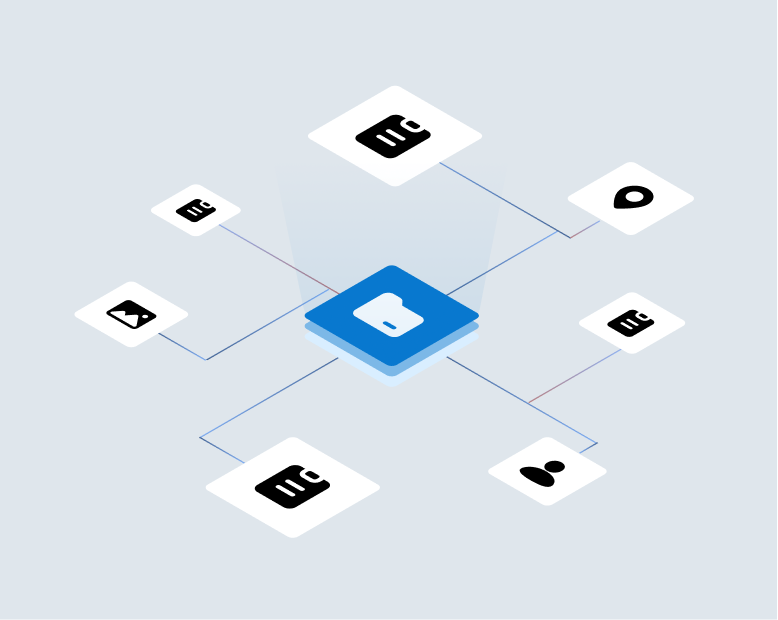After September 11th, 2001 I went to work for the CEO of one of my old clients: Eckerd Health Services responsible for business development, strategy and program management. Eckerd was a Pharmacy Benefit Manager and mail order pharmacy with revenues around $5 Billion. Eckerd was a second tier player among PBMs but we were an innovator in utilizing big data to drive insights that we could intervene on.
At this time the PBM industry had established a common data standard for communication between PBMs, Pharmacies and Physicians. A patient would get a paper or electronic prescription and then go to her pharmacy to pick up the drug. The pharmacist would enter details of the prescription along with the data on her drug card which would be transmitted to a PBM. The PBM’s claims system would execute a number of ‘edits’ testing for eligibility, formulary compliance, drug interactions and so forth. The most critical ‘edits’ were termed ‘hard edits’. These were issues like deadly drug interactions or not being eligible that would stop the claim being paid until the pharmacist, physician or customer resolved the issue. There were very few of these ‘hard’ edits because pharmacists were too busy to handle very many. That meant that less critical but still important ‘soft’ edits were ignored.
The industry had developed a standard way of dealing with these ‘soft’ edits: the would take the claims data for a period of time and reprocess them through the claims engine at night when volumes were low. They then would provide the customer with a monthly or quarterly report that identified compliance issues and made recommendations for changes. Eckerd did this too. However, we concluded that if giving a customer a report a month later was valuable how much more valuable would it be if we could actually identify significant ‘soft edit’ issues in almost real time and intervene with the patient and her physician to make a change? We identified six defects that drove pharmacy spend or health care spend up that we could identify by rerunning the claims engine. The great thing about using the claims engine was that it could both identify and value non compliant defects. We couldn’t actually run the program in real time because back then networks and data centers just weren’t reliably fast enough so we ran it 24 hours later. When we did, the system would report specific defects – defects like using a branded drug when there was a cheaper generic available, having overlapping prescriptions from different doctors for multiple drugs in a therapeutic class and over prescription of a single drug, particularly controlled substances.
This list of defects were then sent to a call center who telephoned patients at their homes, typically during the dinner hours, explained the situation and asked for their permission to contact the prescribing physician who would then change the prescription. Obviously this was a less than ideal system because interventions were time consuming and expensive and we were targeting only six important defects rather than all of them. But even this weak program generated over 2% savings net of all costs in the pharmacy spend of plans that used it. It was an exceptionally valuable solution and to my knowledge the first of its kind in the industry.
So the question is: what can we learn from Eckerd’s experience that we can apply to P&C fraud/defect management? I see six key lessons:
- Real time intervention at point of sale is the optimal intervention protocol because it drives much bigger savings than retrospective processes.
- It’s essential to match the defect to its cost consequence. This is because explaining the ost impact gets organizations and individuals to cooperate. It also ensures that you only focus on high value defects.
- Active intervention is critical to any program because only intervention yields real results but also because the act of intervening teaches things about the defects and the people who caused them. This allows the big data player to identify and rigorously test new interventions, rating models and customer education programs that improve results.
- Competitors can be very slow to adapt and copy the big data innovator possibly because it’s hard to see what is going on behind the curtain. This gives the early mover a significant runway to innovate further and pull further ahead. This was where Eckerd fell short: because our owners were looking to sell , they failed to deploy the resources to build on our industry leading success.
- Seemingly small interventions can have major financial impact. Individually these were small defects, affecting a tiny proportion of all claims, yet the impact on spend was huge relative to the cost of finding and intervening on them.
- Finally, having a differentiated capability is very valuable to partners and acquirers. The single most profitable thing we did while I was at Eckerd was to sign an outsourcing deal for our 24 hour program with one of the nation’s top insurers who paid us to adapt and expand the solution and build a much bigger intervention platform. Not only that, the company was subsequently sold at a great premium to a competitor in part because of the existence of that intellectual property.
It is these experiences fifteen years ago that led me to become so excited when I saw what VeracityID was doing with idFusion. idFusion is a modern and much more powerful and evolved descendant of the our old 24 hour DUR solution that is tuned to the Automotive Insurance market. The existence of superfast networks and massively scalable computing mean that idFusion can deliver real time insights and a cascade of automated interventions that can drive significant value for carriers. It really is a major leap forward from the vision that we had in the dark days after 9/11.


